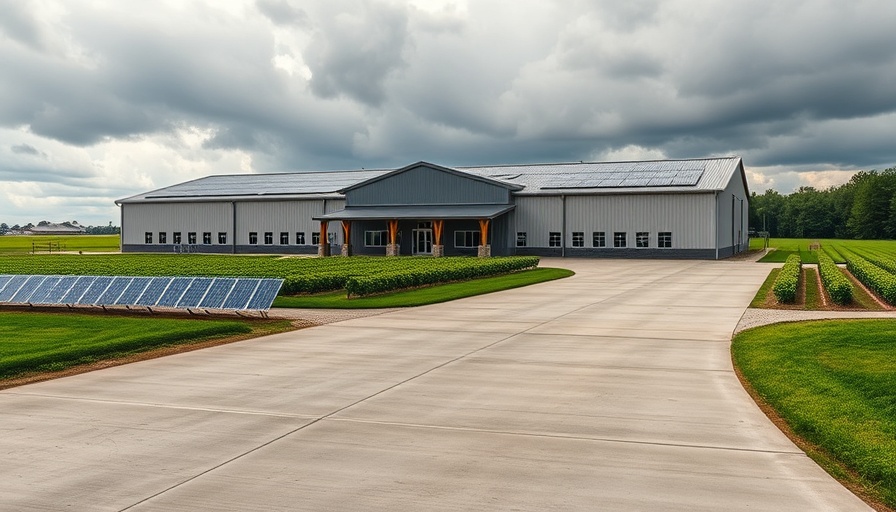
Understanding Leadership in Project Management
In the realm of project management, leadership transcends mere task management; it embodies the ability to inspire and guide teams toward a common goal. Whether you're at the helm of a small initiative or steering a large-scale transformation, recognizing the nuances of effective leadership can dictate the success of your project. This article breaks down the essence of leadership, particularly within the context of construction, to empower business owners and facility managers in their decision-making.
The Distinctive Roles of Management and Leadership
While both management and leadership are crucial in project execution, they serve different purposes. Management is primarily focused on completing tasks efficiently, whereas leadership aims to motivate and inspire teams. In the construction industry, where collaboration is key, understanding this separation is vital. For instance, a project manager might excel in scheduling work and tracking costs but a true leader is one who fosters a culture of trust and accountability. As Cornelius Fichtner aptly put it, "Leadership isn’t just about overseeing tasks—it’s about guiding people toward a shared goal." Recognizing when to switch hats from manager to leader can significantly impact project outcomes, especially in diverse teams where individuals may have varied motivational triggers.
Essential Leadership Skills for Project Managers
Every project manager must cultivate specific leadership skills to drive team success. Essential skills include:
- Communication: Clear communication is paramount in construction. Leaders must convey ideas, expectations, and feedback effectively to ensure all team members are aligned.
- Conflict Resolution: Disagreements are common in project environments. A good leader addresses conflicts swiftly and fairly to maintain team cohesion and morale.
- Motivation: Understanding what motivates each team member can unlock productivity. Leaders must identify ways to inspire their teams, whether through recognition, career development opportunities, or fostering an inclusive environment.
- Adaptability: Construction projects often face unexpected challenges. Leaders who can adapt their strategies based on changing circumstances and team dynamics will better navigate these hurdles.
Applying Leadership Theories to Real-life Scenarios
Various leadership theories can be tailored to the situation at hand. For instance, situational leadership emphasizes the importance of adapting one's leadership style according to the needs of the team and the specific challenges presented by a project. In construction, this could mean switching from a directive approach during high-pressure phases to a more supportive style when encouraging innovation in design reviews. Understanding these theories allows project managers to implement practices that resonate with their teams, fostering both engagement and productivity.
Why Leadership Matters in Construction
Strong leadership is not just essential; it’s a game changer. It clarifies direction, motivates teams, and ensures smooth conflict resolution, ultimately leading to successful project delivery. In a sector where teamwork is integral, the implications of effective leadership cannot be understated. Business owners and property developers stand to gain significant advantages by honing these skills and cultivating a positive leadership culture within their organizations.
Take Action: Implementing Leadership Skills Today
Leadership skills can be continuously developed. For business owners, it starts with self-reflection and seeking feedback from teams. Engage with your staff individually to understand their perspectives and motivations. Attend workshops or seminars on leadership to further enhance your abilities. Incorporating these insights can lead to richer team dynamics and, by extension, successful project outcomes.
In conclusion, the path to effective project management lies in understanding and embracing leadership principles. By differentiating management from leadership, embracing essential skills, applying relevant theories, and taking proactive steps to develop these qualities, you lay a solid groundwork for a thriving project environment.
 Add Row
Add Row  Add
Add 




Write A Comment